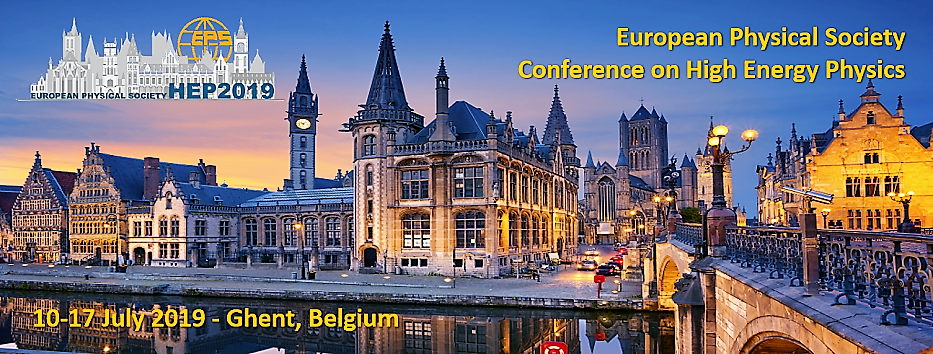Speaker
Description
The absolute luminosity calibration for LHC experiments is derived from dedicated beam separation scans, known as van der Meer (VdM) scans. However, VdM scans are performed with special beam optics, wide beams, and fewer, well-separated bunches to reduce potential systematic effects, and only once a year. In order to use the calibration obtained from a VdM scan under physics data-taking conditions with more bunches and significantly higher instantaneous luminosity, an additional measurement of the stability and linearity of the luminometers is required. Potential nonlinear effects are important especially during Run 2 (2015–2018), where pileup during physics data taking reached up to about 50. Short VdM-type (“emittance”) scans were thus performed regularly in CMS since 2017 in the x and y planes in nine displacement steps at the beginning and end of each fill. They allowed for powerful diagnostic performance of the luminosity subdetectors in CMS throughout the year. In addition, the subdetectors that publish luminosity measurements online (BCM1F, HF, and PLT) are read out at 40 MHz, allowing the possibility of studying effects on a per bunch crossing level, correcting for beam-beam effects per bunch, and separating effects due to sequential bunches (“bunch trains”), as well as monitoring beam evolution during the fill. Linearity effects can also be measured using dedicated “mu scans” which probe a wide range of instantaneous luminosity values under physics conditions. Analyses techniques and the great potential of emittance scans in Run 3 are illustrated.




